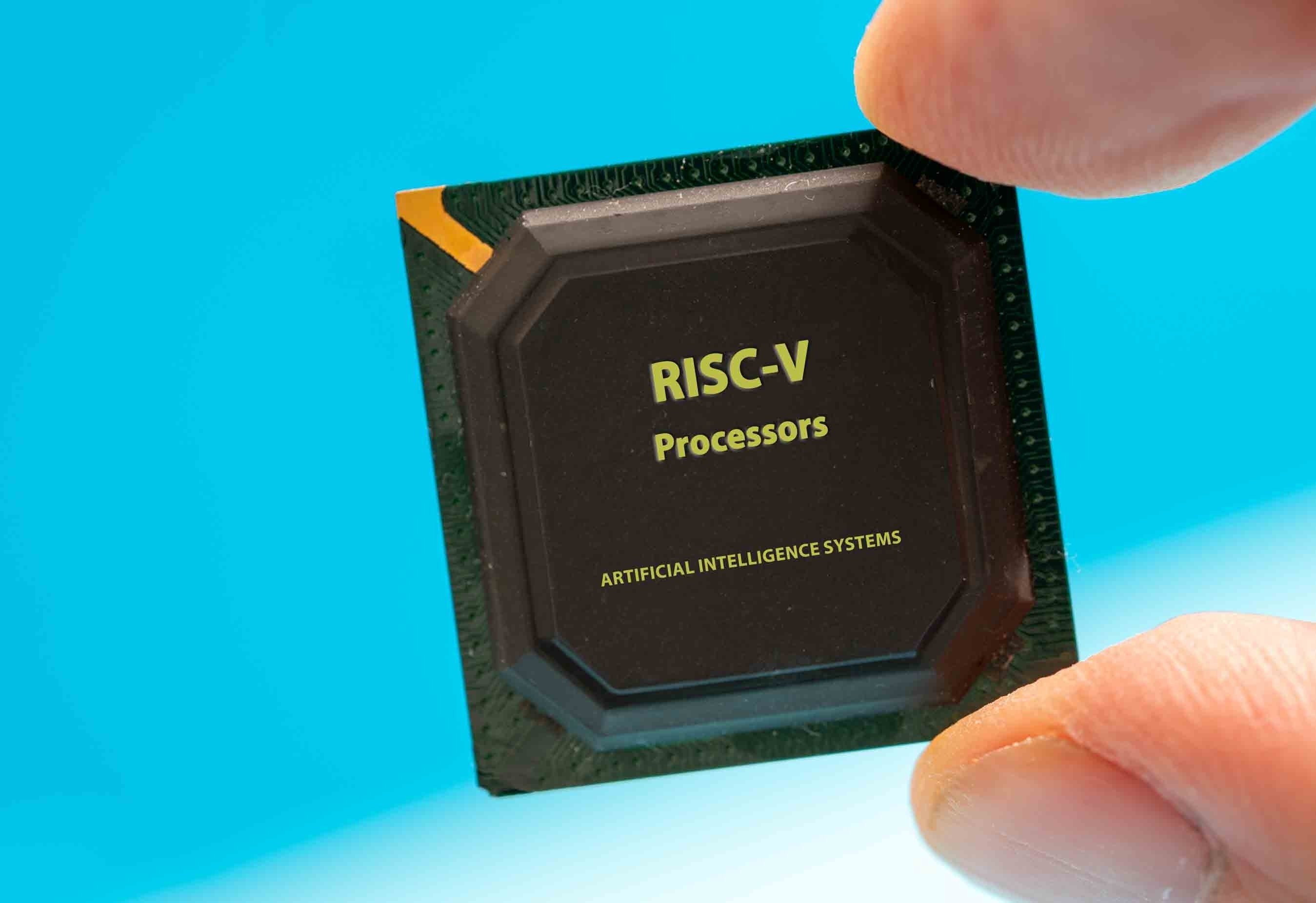Spatial UX and the 3D Internet-The Next Evolution of User Experience
For decades, user experience (UX) has focused on 2D screens — desktops, laptops, tablets, and smartphones. Designers have mastered layouts, buttons, menus, and scrollable pages. But the digital landscape is changing rapidly. With virtual reality (VR), augmented reality (AR), and mixed reality (MR), the internet is moving into three dimensions, and traditional UX design is no longer enough.
Enter Spatial UX, the practice of designing digital experiences in 3D space, where users navigate, interact, and engage with digital environments as if they were physical spaces. This new approach is set to revolutionize how we experience the internet, moving beyond clicks and swipes into immersive, intuitive interaction.
What is Spatial UX?
Spatial UX focuses on how users perceive, interact with, and move through digital spaces. Unlike traditional 2D interfaces, spatial experiences require designers to consider:
-
Depth and scale: How objects are positioned in 3D space, and how users perceive distance and size.
-
Navigation in three dimensions: Movement isn’t just scrolling or swiping; it involves walking, flying, or teleporting in virtual environments.
-
Spatial audio and haptics: Sound and tactile feedback can guide users and enhance immersion.
-
Context-aware interaction: Objects may respond differently depending on the user’s perspective, position, or gaze.
In essence, Spatial UX is interaction design for a world where digital and physical realities blend, creating experiences that feel natural, intuitive, and engaging.
Why Spatial UX Matters
As the internet evolves into a 3D environment, traditional UX principles fall short. Users can no longer rely solely on visual cues on flat screens. Spatial UX matters because it:
-
Enhances Immersion: Users feel “inside” the experience rather than observing it from outside.
-
Improves Usability: Properly designed spatial interfaces reduce confusion, making it easier to interact with complex 3D environments.
-
Supports New Applications: Education, healthcare, e-commerce, and gaming all benefit from immersive, intuitive spatial interactions.
-
Bridges Physical and Digital Worlds: AR overlays and mixed reality applications rely on spatial design to seamlessly blend virtual content with the real world.
From virtual classrooms to remote collaboration, Spatial UX is becoming essential as the digital world moves beyond screens.
Applications of Spatial UX
Spatial UX is already transforming industries:
-
Gaming: VR and AR games rely on spatial interfaces for movement, interaction, and engagement. Well-designed spatial UX reduces motion sickness and improves enjoyment.
-
Retail and E-Commerce: 3D stores and virtual showrooms let customers explore products in space, seeing how they look, feel, and fit.
-
Education and Training: Virtual labs, simulations, and interactive classrooms enable hands-on learning without physical constraints.
-
Remote Work and Collaboration: Virtual offices and collaborative 3D environments allow teams to meet, brainstorm, and interact as if they were in the same room.
-
Healthcare: Surgical training, patient simulations, and therapy sessions leverage spatial interfaces for realistic practice.
In all these cases, Spatial UX isn’t just about aesthetics; it’s about creating functional, intuitive, and memorable experiences.
Design Principles for Spatial UX
Designing for 3D space requires rethinking conventional UX rules:
-
Consistency in Scale and Proximity: Objects should feel appropriately sized and spaced to prevent disorientation.
-
Intuitive Navigation: Use natural movement patterns, gestures, and controls. Avoid overwhelming users with too many options.
-
Feedback in Context: Users need clear visual, audio, and haptic feedback to understand interactions in space.
-
Accessibility: Consider motion sickness, cognitive load, and physical abilities to make spatial experiences usable for all.
-
Immersive Storytelling: Spatial design should guide attention and provide context, helping users understand and engage with the environment.
These principles ensure that spatial experiences feel natural, usable, and enjoyable rather than confusing or overwhelming.
Challenges and the Road Ahead
Despite its promise, Spatial UX faces several challenges:
-
Hardware Limitations: VR and AR devices are still expensive and bulky, limiting adoption.
-
Design Complexity: Designing for 3D space is more complex than 2D interfaces, requiring new tools and skills.
-
Motion Sickness and Comfort: Poorly designed experiences can cause discomfort, limiting usability.
-
Interoperability: Ensuring spatial experiences work across devices, platforms, and applications is still a technical hurdle.
However, as devices improve, software tools evolve, and design practices mature, Spatial UX is expected to become a standard part of the digital landscape.
The Future of Spatial UX
As the internet becomes 3D, intelligent, and immersive, Spatial UX will be central to how we interact with digital environments. Future possibilities include:
-
Fully immersive virtual workplaces where collaboration feels real.
-
Interactive virtual cities for socializing, shopping, and exploring.
-
AI-driven spatial interfaces that adapt to user behavior and preferences.
-
Seamless integration of AR into daily life, overlaying information on the physical world naturally.
The era of 3D internet means design is no longer flat. Every digital experience will need spatial thinking to be effective, intuitive, and engaging.
Solar Power from Space: The Next Big Thing in Clean Energy | Maya




